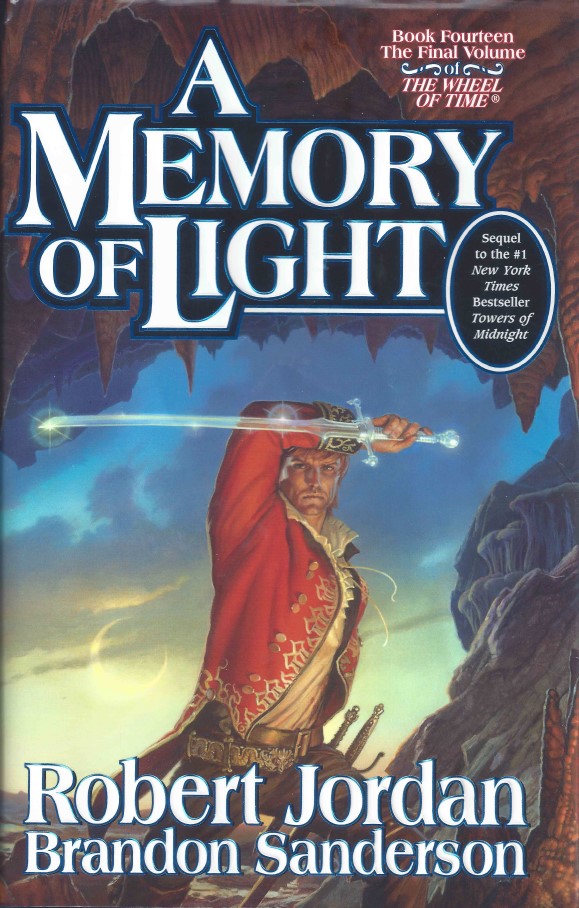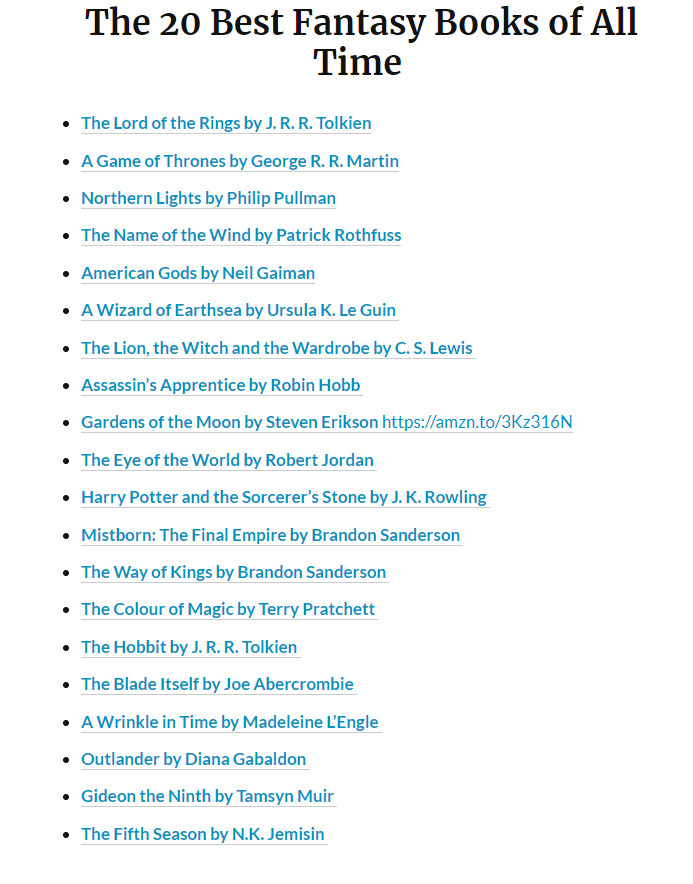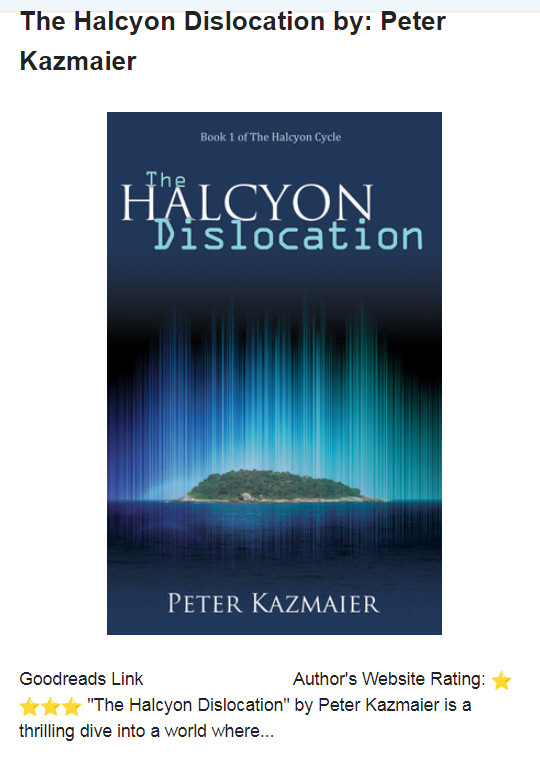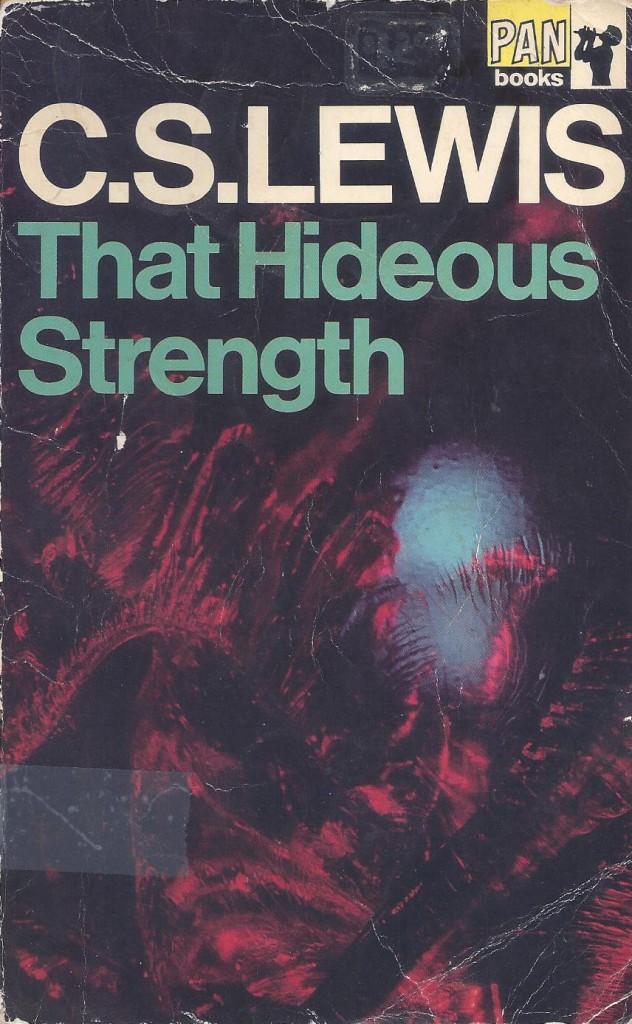He saw and then he believed

I have known only one person in my life who has claimed to see a ghost. It was a woman and the interesting thing is that she disbelieved in the immortality of the soul before seeing the ghost and still disbelieves after having seen it. She thinks it was a hallucination. In other words, seeing is not believing.” — C. S. Lewis
C. S. Lewis in the essay Miracles in The Collected Works of C. S. Lewis. Page 313.
At the Resurrection Sunday service on March 31st, I was struck by a small phrase in the Gospel of John (John 20:8) where John, upon entering the empty tomb of Jesus, writing of himself in the third person, said, “He saw and believed.”
John, just as the Lewis quote indicated, spoke as if seeing and believing are distinct and sequential events. Sometimes they may appear simultaneous because we don’t pay sufficient attention to the assumptions that are behind our beliefs.
As a chemist I will believe a chemical hypothesis as established if experimental observations support the conjecture. However, I often do so without enumerating the many steps of trust (the Greek word for faith pistis means trust) that I am assuming because I carry our this validation process so often.
-
I am trusting that the observations were done well and are reliable
-
I am trusting that my mind can be relied upon to consider the observations and make a reliable estimate of support or nonsupport for the hypothesis
- I am trusting that I can distance myself sufficiently from bias so as to be objective
In other words, even for something as straightforward as hypotheses in chemistry, the leap from data to truth always requires some measure of faith or trust.
Historical claims, because of their time dependence and the inherent uncertainty about what fraction of the data we have been able to observe, will always have more uncertainty than time independent chemical questions about molecular structure and mechanism. Still we have no trouble believing in Hannibal, Scipio, Julius Caesar, and Genghis Khan.
For me the evidence for the resurrection of Jesus. given the historical documentary evidence and the consequences of that extraordinary event is much more compelling than other events of that antiquity.
N.T. Wright in writing his 817 page book, The Resurrection of the Son of God, (2003), provides a scholarly and painstaking review of all the evidence for the empty tomb and explanatory hypotheses of the events. I have borrowed the book from Hoopla and am slowly working my way through it.
If you’re interested here is a description of the content …
Why did Christianity begin, and why did it take the shape it did? To answer this question – which any historian must face – renowned New Testament scholar N. T. Wright focuses on the key question: what precisely happened at Easter? What did the early Christians mean when they said that Jesus of Nazareth had been raised from the dead? What can be said today about this belief? This book, third in Wright’s series Christian Origins and the Question of God, sketches a map of ancient beliefs about life after death, in both the Greco-Roman and Jewish worlds. It then highlights the fact that the early Christians’ belief about the afterlife belonged firmly on the Jewish spectrum, while introducing several new mutations and sharper definitions. This, together with other features of early Christianity, forces the historian to read the Easter narratives in the gospels, not simply as late rationalizations of early Christian spirituality, but as accounts of two actual events: the empty tomb of Jesus and his “appearances.” How do we explain these phenomena? The early Christians’ answer was that Jesus had indeed been bodily raised from the dead; that was why they hailed him as the messianic “son of God.” No modern historian has come up with a more convincing explanation. Facing this question, we are confronted to this day with the most central issues of worldview and theology. N. T. Wright Link
Discussion and questioning have very important in my spiritual formation. I wrote my book, Questioning Your Way to Faith, as a way of showing how heartfelt questions discussed by friends can be so helpful in providing clarity. If you’d like to check it out, you can order it from Amazon or borrow it for free from Hoopla at your favorite library. I hope you had a blessed Easter.
I very much appreciated the Easter blog, Thanks Be to God, by Rick Laser. If you’d like to check it out, here is the Laser link.
Movie Prompt: First and Second Things
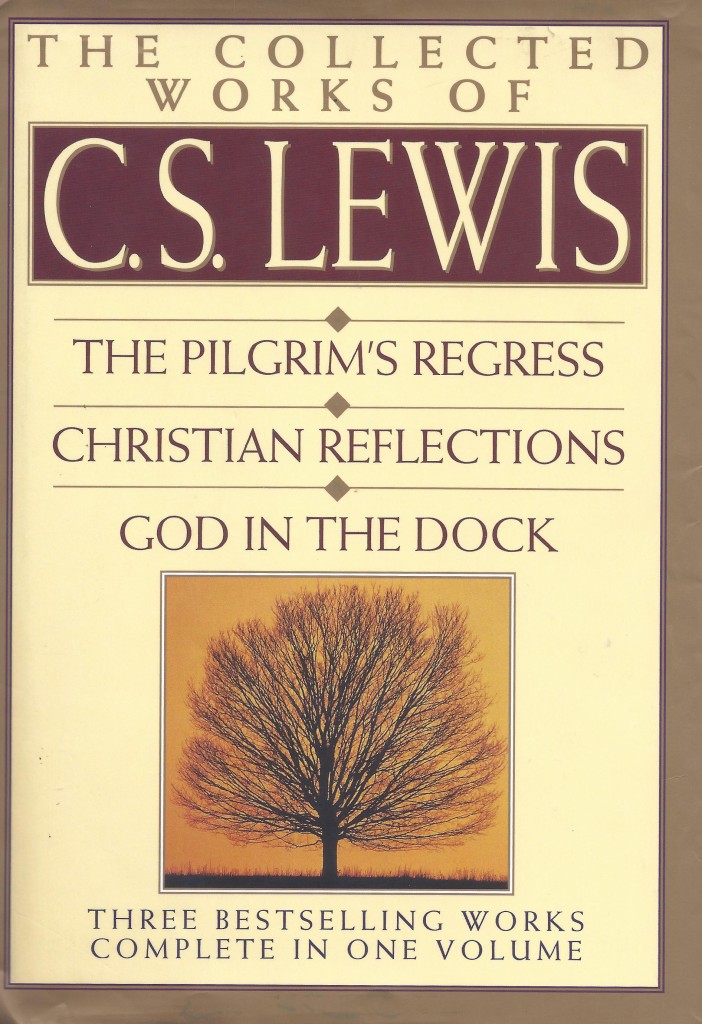
I’ve been thinking a good deal about Surprised by Oxford and Carolyn Drake’s disappointment at her abandonment by her father. I often see in movies the heart wrenching dilemma faced by a parent where a child is terrified by an event that just happened, be it illness, violence, or some other trauma. The parent, desperate to allay the child’s fear, looks the child in the eye and tells them, “I will never let that happen to you. I will protect you.”
The child believes the parent and his fear is allayed. However, most dire circumstances are beyond control of the parent. To be specific, for example if the parent is the father, isn’t he setting himself up to do what only God can do? In other words in order to allay fear in the child (a good thing) he is setting himself up in place of God as if the father had control of all things and all circumstances.
So, at its heart, the parent’s assertion is at least an expression of hope rather than fact, but often it will prove to be an outright lie. Isn’t the parent simply setting the child up for the kind of deep disappointment and betrayal that Carolyn Drake felt? Can a well-meaning lie in the long run ever be better than the awful truth? So what is the alternative? Should the father tell the child he isn’t truly in control of all things? Should the father then say, “Sorry kiddo, this might also happen to you and there’s nothing I could do about it.”
I think this is a false dichotomy. Lying or being a stoic and telling your young child to face up to a hopeless perceived truth are not the only two alternatives.
Although I also do not control all outcomes, as a Christ Follower I realize or ought to realize that I and my child both a have a true father who has control of all things.
We will all face tragedy and death in this short life. It’s never too early to begin building trust in the father who truly loves us, has paid a great price to ransom us, and has the power to see us through all things (even death) and make them work out for our good and up-building. Of course if you don’t yet believe this, you are left with lying and stoicism as the only options until you encounter and embrace the creator and upholder of the universe.
In summary, although I began with a movie example in which parents make impossible claims to their children to allay their fears, I’m ultimately not writing of this because of a desire to give parental advice. The movie example of lying to children to allay fear is merely an example of a much broader tendency in which we substitute secondary things for primary (or first) things. C. S. Lewis put it this way:
“You can’t get second things by putting them first; you can get second things only by putting first things first.”
C. S. Lewis. First and Second Things in The Collected Works of C. S. Lewis. Page 490.
Lewis had previously illustrated the principle with two examples:
“The woman who makes a dog the centre of her life loses, in the end, not only her human usefulness and dignity but even the proper pleasure of dog keeping. The man who makes alcohol his chief good loses not only his job but his palate and all power of enjoying the earlier (and only pleasurable) levels of intoxication.”
C. S. Lewis. Ibid.
In the end, making sure I keep first things first, is a caution first and foremost for me.
If you’re considering reading my Novels, here is what one of my readers had to say …
“I finished reading Dragons of Sheol last week, and am excited to chat about Halcyon when you’ve got time. The series has been a breath of fresh air for my soul, and has given me inspiration both in my faith and my writing.”
My books are available on Amazon and Smashwords (e-books only on Smashwords). If you’d rather save your hard-earned cash and read them for free, most are available on Hoopla at your favorite library.
Overcoming Our Fear of Missing Out

And he [God] brought him [Abram] outside and said, “look toward heaven and number the stars if you are able to number them.” Then he said to him, so shall your offspring be.” And he believed the LORD and he counted it to him as righteousness.
Genesis 15:5-6 (ESV)
Going outside to look at the stars has always been one way to get an inkling of God’s majesty, greatness, goodness, and love of beauty.
I had a conversation with a younger relation who explained to me one of the fears of his generation was the Fear of Missing Out (FOMO). After reflection I could see the origin of this fear. Our lives are punctuated by decisions, and each rejected decision branch closes out an opportunity which will never come again. Or will it?
On further reflection, and especially after I listened to a message by Timothy Keller on our future hope, I came to realize I was affected by the Fear of Missing Out in a different form. FOMO had contaminated the assumptions I have made about our future hope as Christ Followers.
To illustrate this let me use a couple of examples. I thought it self-evident that if a person close to me had died, I inevitably missed out on the many years of interaction we might have had if they had lived. In another example, if a person had worked harder and had better grades they might have qualified for the school they wanted to enter. By not doing so they were missing out.
But this superficial analysis misses an important point: in setting our expectations for the future, our longings imbue our missed-out-goals with attributes far beyond what the realized opportunity could deliver. If that person I had lost, had lived, it would be a relationship fraught with highs and lows like all our other relationships. If the person working for admission had entered the school he longed for, he would have soon discovered its defects and the bloom would have tarnished his longing and expectation.
To balance this over-hyped expectation which is sure to be disappointed, I also underestimated our hope for the future. I had, without serious thought, slipped into the assumption that after death, when as Paul says in II Cor. 5:1 (ESV) comparing our earthly body (tent) to our heavenly body (building) …
“if this tent that is our earthly home is destroyed, we have a building from God, a house not made with hands, eternal in the heavens”
II Corinthians 5:1 (ESV)
… I assumed this time after death will be a time of consolation and recompense (or so I thought). By that I meant we cannot recover what we have lost but get some boon to offset the loss. But, like a life insurance policy settlement, where the money never makes up for what has been lost, this consolation has to fall short of the loss it is meant to console.
But what if the perceived loss has been 90% illusion all along? What if we expected some paltry earthly good to act as the hope for the satisfaction of a deep longing in our heart? What if when the real consummation of our hoped-for-longing comes, we say instead, “Now I see it, this is what I longed for all along in all those things like human relationships and university admission that I thought would satisfy. How wrong I was to even think those paltry things would answer!”
This realized consummation (i.e. getting what I was longing for and wanted all along) rather than consolation has been one of the very significant things I learned in 2023. It has been a very long time in coming. As I remember this and let this hope fill my heart, it will quell my Fear of Missing Out. There will be no missing out.
Timothy Keller passed away in May 2023. His messages are available on Spotify under his name. The message I cited was in a series on hope. Only a portion of his messages are available for podcasting at any given time. Watch for the podcast to rebroadcast the series on hope.
Revisiting Mr. Sensible from C.S. Lewis’ THE PILGRIM’S REGRESS
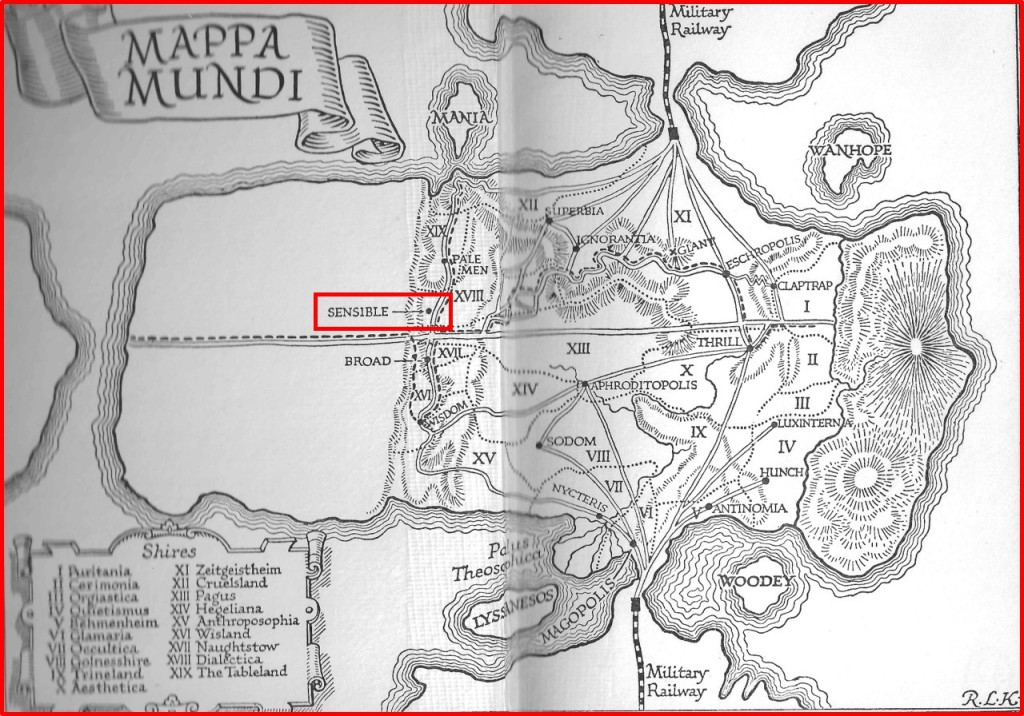
“I know a eugenist who promises to breed us a race of peons who will be psychologically incapable of playing me a trick like this Drudge.” — Mr. Sensible
C. S. Lewis. The Pilgrim’s Regress. (1933)
I keep a file of quotes that have impressed me, and recently I came across one I had collected a year ago on rereading C.S. Lewis’ The Pilgrim’s Regress
“I know a eugenist who promises to breed us a race of peons who will be psychologically incapable of playing me a trick like this Drudge.” — Mr. Sensible
For Mr. Sensible every relationship, every activity, and every appetite is to be appreciated to maximum benefit to Mr. Sensible. For example he has a dog whose health is declining and he decides it’s time to put him down. When asked if he will miss the dog, his reply encapsulates his philosophy: he only likes the dog well enough to enjoy him when he’s there but not so well that Sensible would miss his pet after he is gone.
Sensible, while speaking of his philosophy with great enthusiasm is living a lie. He counts on Drudge, whom he treats abominably, to make his life as easy as possible and to maintain the pretense of moderation and self-sufficiency. When Drudge gives notice and Sensible’s easy life is threatened, Sensible makes the statement quoted above.
When Lewis wrote this in 1933, eugenics was much more in favor than after the Second World War. In the original Star Trek, we meet Khan and his people who are the product of a eugenics program to “improve” the human race. The Star Trek episode and movie rightly taught that making people stronger and more intelligent, does not necessarily make them more virtuous. This “improvement” goal of eugenics is much to be feared.
Sensible talks about a degradation goal which is also to be feared because it is likely easier to achieve. It is always easier to make a car run poorly than to make it run better. In The Halcyon Cycle, I discuss a back story where ancient sorcerers, in an attempt to make biddable servants, created the Halfmen (The Battle for Halcyon) and the Apemen (The Halcyon Dislocation), two levels of degradation.
I fervently hope as we contemplate (and hopefully resolve never to pursue) gene manipulation in humans that we keep in mind the lessons from the past and vow to avoid the twin pitfalls of improvements and “deprovements” of the human race.
In case you’re interested …
Now is your best chance to find my entire ebook collection for a promotional price at @Smashwords as part of their 2023 End of Year Sale! Find my books and many more at https://www.smashwords.com/shelves/promos/ through January 1! #SmashwordsEoYSale #Smashwords and search for “Kazmaier”. All my e-books are 50% off.

